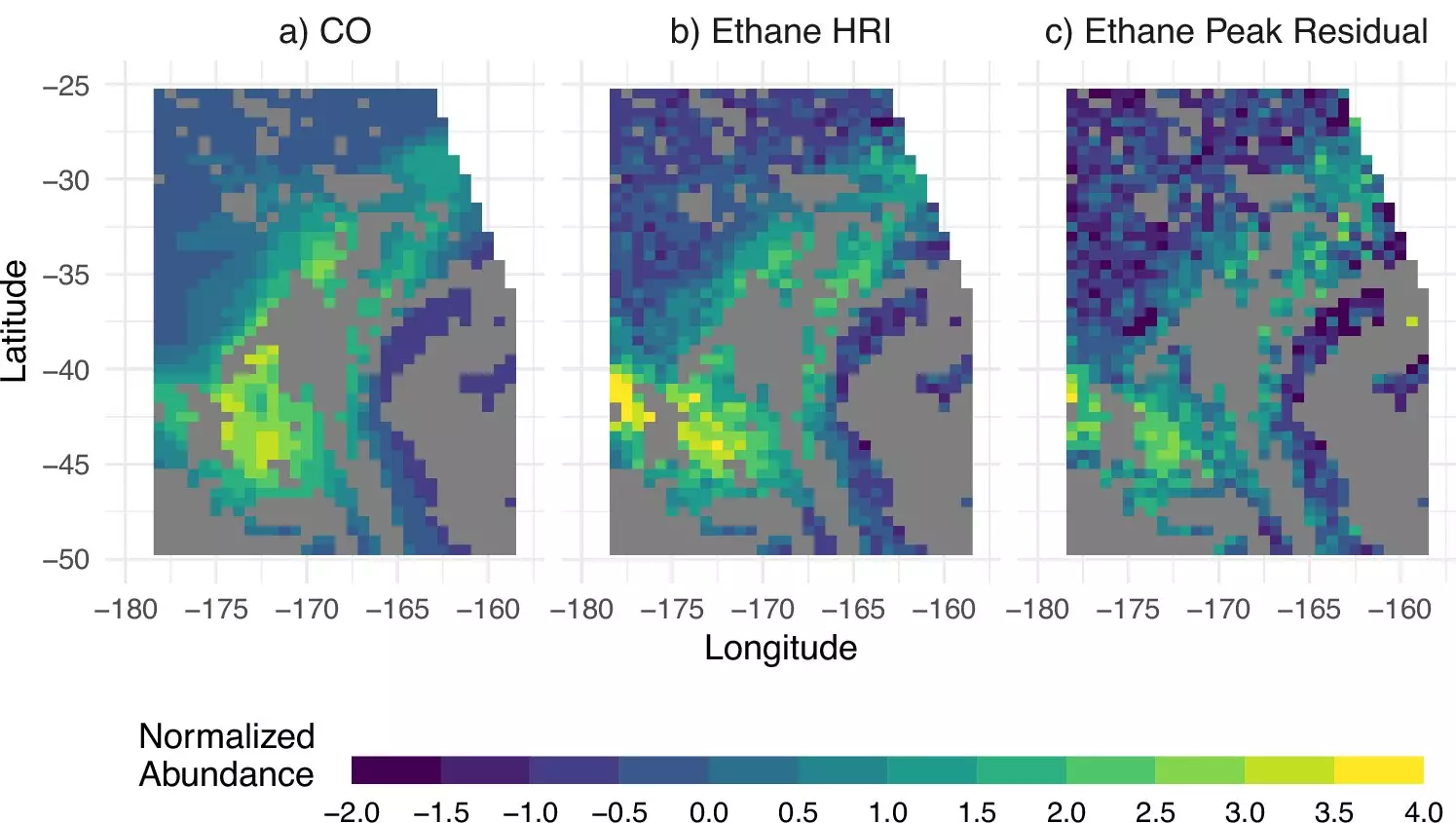University of Minnesota researchers have recently unveiled an innovative tool that utilizes satellite-based technology to measure ethane emissions from space. This groundbreaking development is crucial in gaining a better understanding of fossil fuel emissions on a global scale.
Quantifying Ethane Abundance
The team of researchers used measurements from a satellite-based instrument to detect how infrared radiation emitted by Earth travels through the atmosphere and escapes into space. By analyzing the absorption of this radiation by gases in the Earth’s atmosphere, they were able to quantify the abundance of ethane, a component commonly found in natural gas and used in plastics manufacturing.
According to co-author Dylan Millet, a professor at the College of Food, Agricultural and Natural Resource Sciences, accurately diagnosing and mitigating the impacts of oil and gas extraction on air quality and climate change is challenging due to the lack of measurements and the presence of other sources of key pollutants that are difficult to differentiate from oil and gas emissions.
Key Findings
Through the use of a machine learning algorithm, the researchers were able to determine atmospheric ethane concentrations based on the satellite measurements. This led to the discovery that the Permian Basin in western Texas and southeastern New Mexico exhibits the highest persistent ethane signals globally. The emissions from this single basin alone account for a significant portion of the total fossil fuel ethane source worldwide. Additionally, the analysis revealed that ethane emissions from the Permian Basin are currently underestimated by seven-fold.
This research marks the initial step towards utilizing satellite measurements to track atmospheric ethane emissions. Plans are underway to develop tools that will ensure measurement continuity into the 2030s, allowing for the mapping of fossil fuel emission changes over time. Furthermore, additional instruments are being designed for launch into geostationary orbits to provide more frequent observations and finer-scale information to enhance the understanding and reduction of air pollutant emissions.
Lead author Jared Brewer, a postdoctoral associate at CFANS, emphasized the significance of this new tool in identifying ethane emissions globally. By pinpointing the Permian Basin as a major ethane emitter, the researchers aim to shed light on the sources of missing emissions worldwide. This technological advancement has the potential to revolutionize the way we monitor and address the environmental impacts of fossil fuel extraction.


Leave a Reply